Tips to Reduce and Stop Food Waste
Sharing tips and suggestions to stop food waste. Reducing food waste is helpful to both your wallet and the environment.
Did you know that the average American wastes around 200 pounds of food each year?! Think about a) how bad that is for the environment and b) how much money we throw away by doing that!
Lately, I have become hyper-aware of the amount of food that my family wastes, and I am troubled by it! I admit that I’ve been lazy in reducing our food waste over the past several years but I am now redoubling my efforts to stop the food waste in our kitchen.
And as is so often the case with this blog, I love to share what I have learned and am incorporating into our kitchen with you!
Some of these links may be Amazon affiliate links and I may earn a small commission from the sale of these products to help defray the costs of operating this site, but the price you are charged is not affected. You can see my full disclosure policy here.
Manage your Freezer, Refrigerator and Pantry
Learn how your refrigerator works. My side by side refrigerator is the very coldest in the top left-hand corner where the air comes in from the freezer and at the bottom as cold air falls.
Use a thermometer to find the coldest and warmest spots in your refrigerator and store appropriate food there. For instance, I keep a large pitcher of herbal ice tea at the top left so it is always ‘ice cold’ and avoid storing lettuce, celery and other water-heavy fruits and vegetables there.
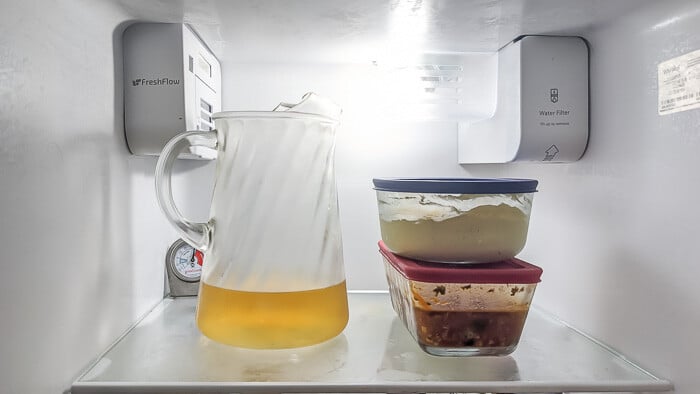
Table of Contents
Designate a spot in your refrigerator for leftovers. Make sure it is upfront and clearly visible, reminding you every time you open the fridge of food that needs to be eaten soon. Managing leftovers will have a big impact on your efforts to stop food waste.
Use your humidity drawer properly. When you are in the produce aisles of the grocery store, be mindful of what fruit and vegetables are against the wall and under the misters. Only those fruits and vegetables should be in your humidity drawer. This means that onions, potatoes, mushrooms, garlic, apples, oranges, etc… should not be in the humidity drawer.
Keep your refrigerator clean and free of clutter. The less clutter you have in your fridge, the more you can see what you have in there and what you need to use up. Check out this post where I discuss freezer and refrigerator organization.
Along the same lines, audit your fridge and freezer regularly. Move items to the freezer as needed and process veggies that are getting past their prime. Recently I chopped up some broccoli that I was concerned wasn’t going to get eaten soon enough. I labeled it and put it in the freezer for the next time I need some. I also riced cauliflower and froze that for a future meal.
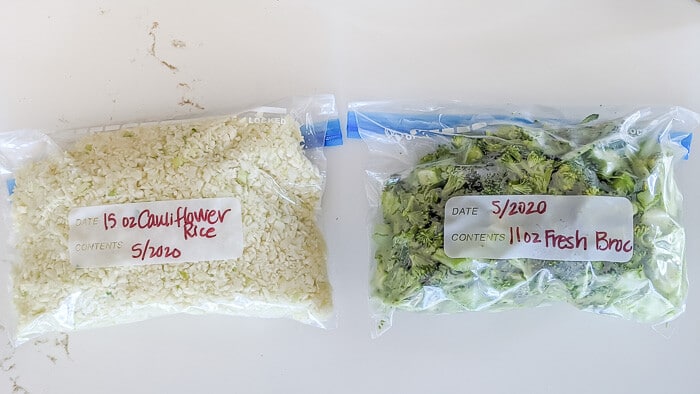
Check out this post where I discuss ways to keep your produce fresh longer , thereby helping to reduce produce food waste.
Accept imperfect foods. While that broccoli might be turning a bit yellow on the tips, it is still perfectly good. Cut off the yellow parts or chop up the whole thing and freeze for soup.

Rotate the food in your fridge. The newer stuff goes in the back and the older stuff goes in the front.
When freezing food, try to remove as much air possible from ziplock bags to prevent freezer burn by placing a straw in the bag and sucking the air out as you zip the bag closed. This is one of the reasons I do keep some ziplock bags on hand…it’s a cheap and easy version of a vacuum sealer! Reducing the freezer burn on your food will help you reduce your food waste.
Plan your Meals, using what you have on hand as much as possible. How many meals can you get out of a roast chicken? Work those leftovers in your meal plan. One of our go-to meals to use our leftovers is a Baked Omelet which can be tailored to what you have on hand.
Midweek check-in: Set a reminder on your phone one day each week to check the contents of your fridge to determine the freshness of leftovers and produce. Revisit your menu plan and rotate meals to use up ingredients that won’t make it to the end of the week.
Understand expiration dates! Did you know that neither the US government nor the FDA regulates these dates? Instead, it is up to the food producers to come up with the “sell by” and “expires on” dates. NEITHER of these two terms means that the food actually goes bad on those dates and is unsafe to eat after those dates. I recommend that you use your best judgment in determining whether food is bad or not.
Freeze often: Freeze items that are still safe to eat if won’t have time to consume them in the next few days.
Freeze milk and cream if they won’t be used before they spoil. While the milk solids will most likely separate during the freezing/defrosting process making it not so enjoyable as a beverage, it will still be suitable for cooking, baking, and smoothies.
Label everything that goes into your freezer. I know you think you will remember that the jar you just put in has marinara sauce in it, but 2 months later you probably won’t know which jar is plain tomato sauce and which is marinara sauce.
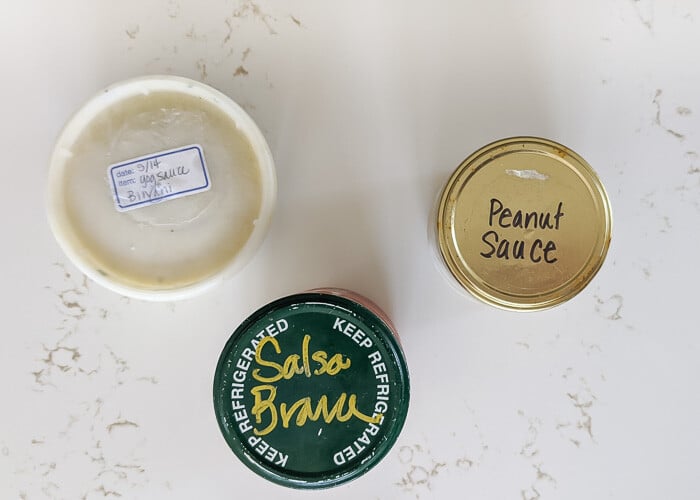
Make Food Cubes. In our house, when we have kale and other greens that may not get consumed when fresh, we freeze them make “cubes” out of them to put in our smoothies! My husband also uses the raw fruit and vegetable ‘discards’ that result from juicing to make cubes for his smoothies. I’m not sure I would go that far, but hey, whatever floats your boat! Check out this cubed food post where I discuss more this great food storage option.
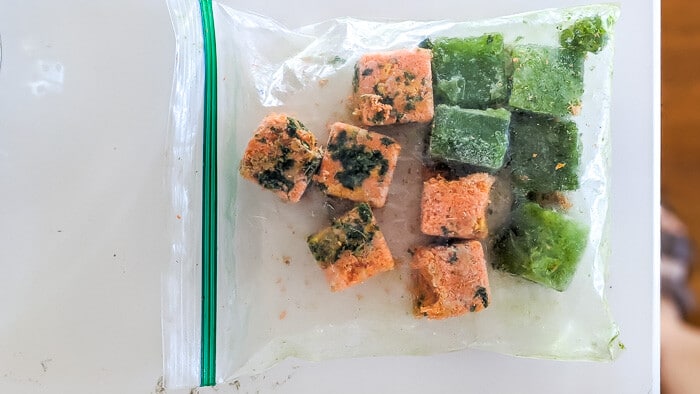
Dehydrate your fresh produce if you think it won’t get eaten in time. I have used a stand-alone dehydrator like this one (the one I had is no longer available, but this one is similar), my oven set to 200°-250° using convection setting, and the dehydrate setting on my Breville Smart Oven.
Get creative with your meals and recipes
Shop your refrigerator and freezer before you go to the grocery store! Add the food that you already have to your recipes and meal plan, especially those with a short shelf life.
Always save your leftovers! Moreover, store them in a clear container instead of an opaque container. I love these Pyrex food storage containers.
Start a Garbage Soup container in your freezer. Add all the bits and bobs of leftover meats and vegetables to your container and when filled, put it on the stove with some broth and seasonings. Obviously, your contents will dictate how you season your soup. If you have leftover taco meat, add some oregano and maybe cumin for a Mexican flair. If you have leftover teriyaki chicken, consider seasoning with garlic and ginger.
Along the same line, save chicken carcasses, bones and vegetable and herb ends to make nourishing meat, bone, or vegetable stock. Some of the vegetables ‘parts’ I use for stocks are onion root ends, beet greens (will turn your stock pink), parsley stems, celery roots and leaves, and fennel roots. Carrot peels and onions skins don’t add much to your stock and may be better used in your compost bin. Check out my post on canning chicken stock that is applicable for any meat or bone broth.
Save bread scraps to make croutons, bread pudding, bread crumbs, and/or stuffing. If you have bread that is not high in sugar, compost it!
Include parts of foods that are not normally used. These typically unused parts also have a lot of additional health benefits! Trying to be a “zero-waste chef” will surely help you stop your food waste.
- Citrus peels. blend the zest into vinaigrette or marinade, toss a piece of peel into a smoothie, sprinkle the zest onto vegetables, stir zest into oatmeal or yogurt. You can also add your peels to your water to add a little bit of flavor!
- Watermelon rinds. Did you know that the watermelon is kin to the cucumber? As such, you can absolutely eat the rind! Chop up the white part of your watermelon rind and add it to your fruit salads, slaw, or salsa.
- Watermelon seeds. Ounce for ounce, watermelon seeds have more protein than an egg! Who knew!? Consider sprouting or roasting them.
- Broccoli stalks. Some people think that just the heads of broccoli are edible, but the stalks are delicious and nutrient-rich as well. Peel the stalks, and then serve them at your liking. I serve them with the heads of broccoli and what doesn’t get eaten goes in my Garbage Soup container in the freezer.
- Carrot tops can be a great herb substitute for any dish! Give them a nibble before you use them as some find them a little bitter. If they are too bitter for you to eat raw, consider blanching them. And once again, another alternative is to chop them up and add them to your Garbage Soup Container.
- Cilantro stems. Use these stems just as you would use the leaves of cilantro.
- Eat the skin of your fruits, vegetables, and chicken. Not only will this prevent food waste, but the skins also often have additional nutritional benefits.
- When carving pumpkins next Halloween, save and roast your pumpkin seeds.
Use vegetable scraps to grow new food. Lettuce, Celery and Bok Choy are easily grown from the root end. Leave about an 1″ of the base intact, place in a shallow dish with about 1/2″ water and set in a sunny spot. Change the water frequently.
If you have a herb garden, be mindful of using your herbs before they go to seed. If you are heading out of town for a bit, harvest your basil and either make pesto or preserve it. I find the easiest way to preserve fresh basil is to place clean, dry leaves in a ziplock bag. Use the straw vacuum seal method discussed above to remove as much as possible. Your basil won’t be as fresh as just picked, but it will be perfectly suitable for cooking.
Incorporate your vegetable and herb garden harvests into your meal plan. Our green beans, tomatoes, and basil are coming on strong, so we are having a meal of Caprese and steamed green beans tomorrow night!
Be flexible with your recipes. If your recipe calls for milk but you only have plain yogurt, use it! Think outside the box for substitutions. Having a list of common substitutions for when an ’emergency’ arises is handy.
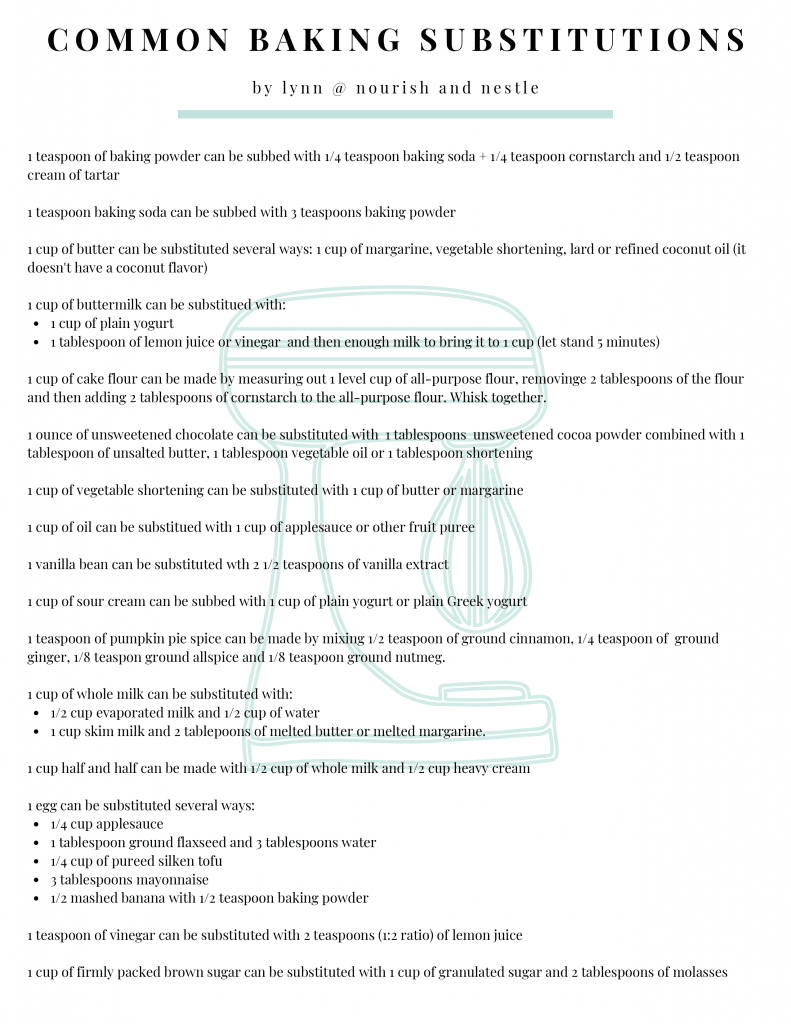
Subscribers to Nourish and Nestle can grab this printable in the Subscriber Benefits Library or click the button below to have the Common Baking Subscriptions sent to your inbox.
Grocery Shopping
Shop your pantry, refrigerator, and freezer before you go to the grocery store! If I had done this a little better, I wouldn’t have three partially open, expensive bottles of maple syrup sitting in my pantry. And guess what? We don’t ever use maple syrup, so I’m now trying to find ways to use it up!
Shop more often instead of stocking up. Although you will go to the store more, you will not stock your fridge with things you have purchased and then forget what is there.
Compost your Food Waste
While our goal is to use as much of our produce as possible inside our kitchen, there are times when composting is a good option for stopping food waste.
How to make a compost tea brewer.
Crush eggshells to use in your garden and amend your soil. Eggshells offer calcium to your garden and provide pest control.
Don’t toss your coffee grounds! They make an excellent fertilizer with a good deal of nitrogen, as well as potassium and phosporous.
Blender Composting If a compost pile is not in the cards right now, you can still give your garden some of the benefit of compost by blending some food scraps, eggshells and coffee grounds and distributing the liquid around your plants. I am new to Blender Composting; I’ve made it and distributed around my plants twice. It is too early for me to give a complete review of the process, but I don’t believe it will hurt and it surely helps to stop our food waste.
Other Ways to Reduce Food Waste
Serve dinner on smaller plates, especially if you have kids in the house. Kids will be more likely to eat all of the food on the plate if it is smaller.
Learn to can and preserve! You know I love this one! Canning and preserving lets you put up food in your garden that you might not be able to consume now, letting you enjoy the produce later in the year. I have so many tips and recipes on my blog for canning and preserving, be sure to check those posts out!
What are your suggestions to stop food waste?
I would love to add to this list and always welcome suggestions!
Bookmark this page or pin the following image to refer back to this post of suggestions to stop food waste.
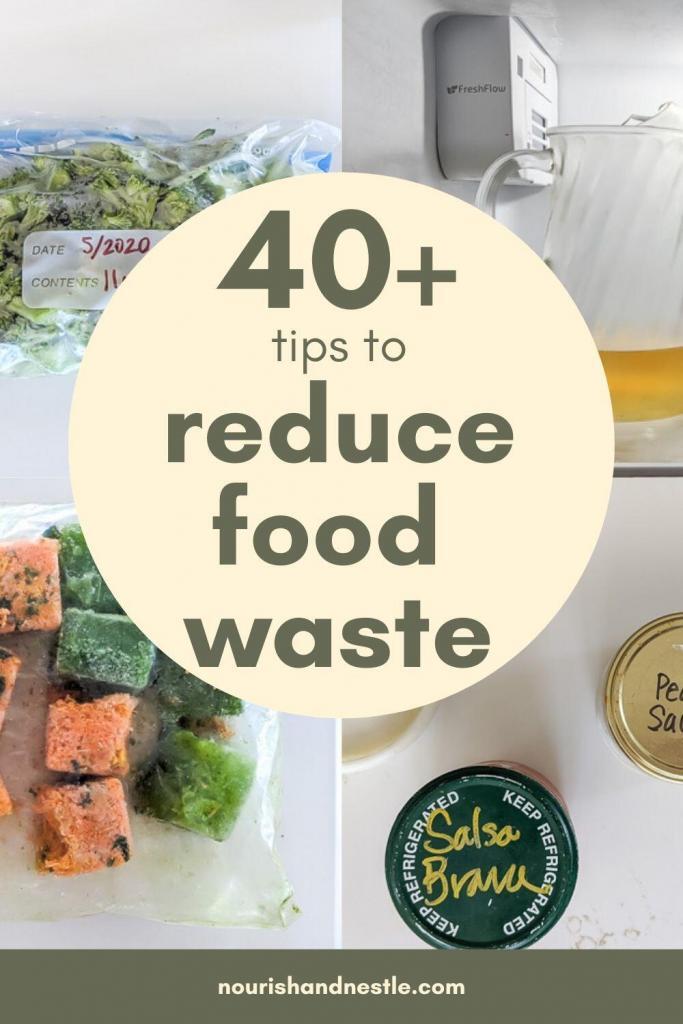
Thanks so much for spending a few minutes of your busy day with me!
To ensure you don’t miss future content, pop your email in the pale green box on the right or click here. I usually send one email weekly, so I won’t inundate your inbox. I’m sensitive to an overflowing email inbox!
We will only use your email address to send you emails, no more than 1-2 weekly. In addition, you will have access to my growing library of knit & crochet patterns and other printables. Check back often as this library will continue to grow. You can unsubscribe anytime by emailing me or clicking on the “unsubscribe” link at the bottom of all emails.
And you can access many of the products I refer to on my Nourish and Nestle Amazon Page. You can access it here.
So, if you’d like to participate in the ‘subscriber benefit’ action, simply subscribe to Nourish and Nestle here or use the form on the right sidebar. It’s slightly towards the top.
I have sent all my subscribers the link to the Subscriber Benefits Library. If you missed it or misplaced it, let me know.
Until next time…


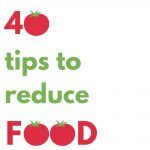
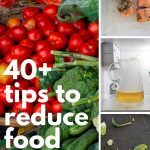
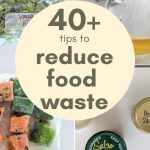
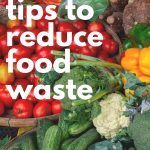

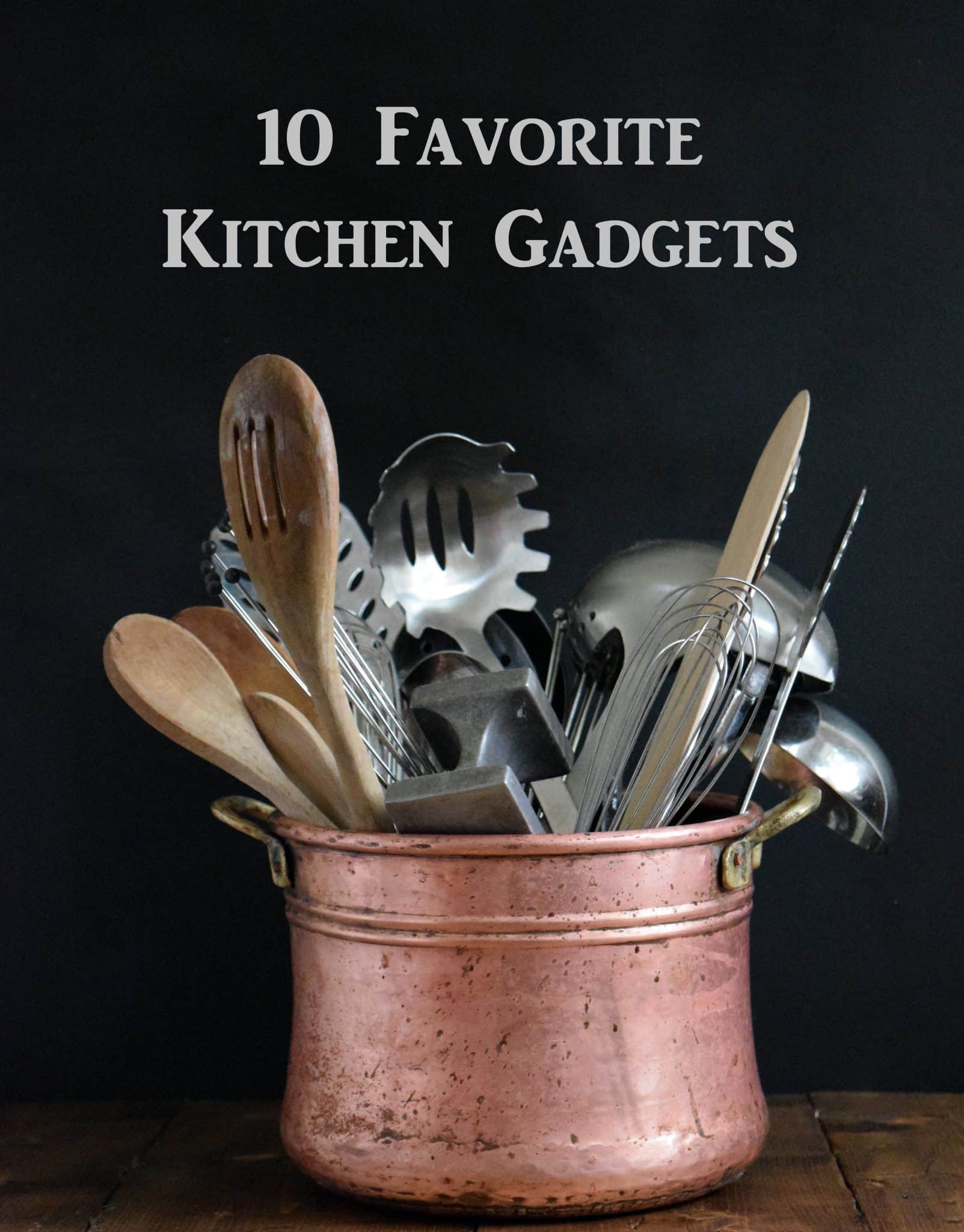
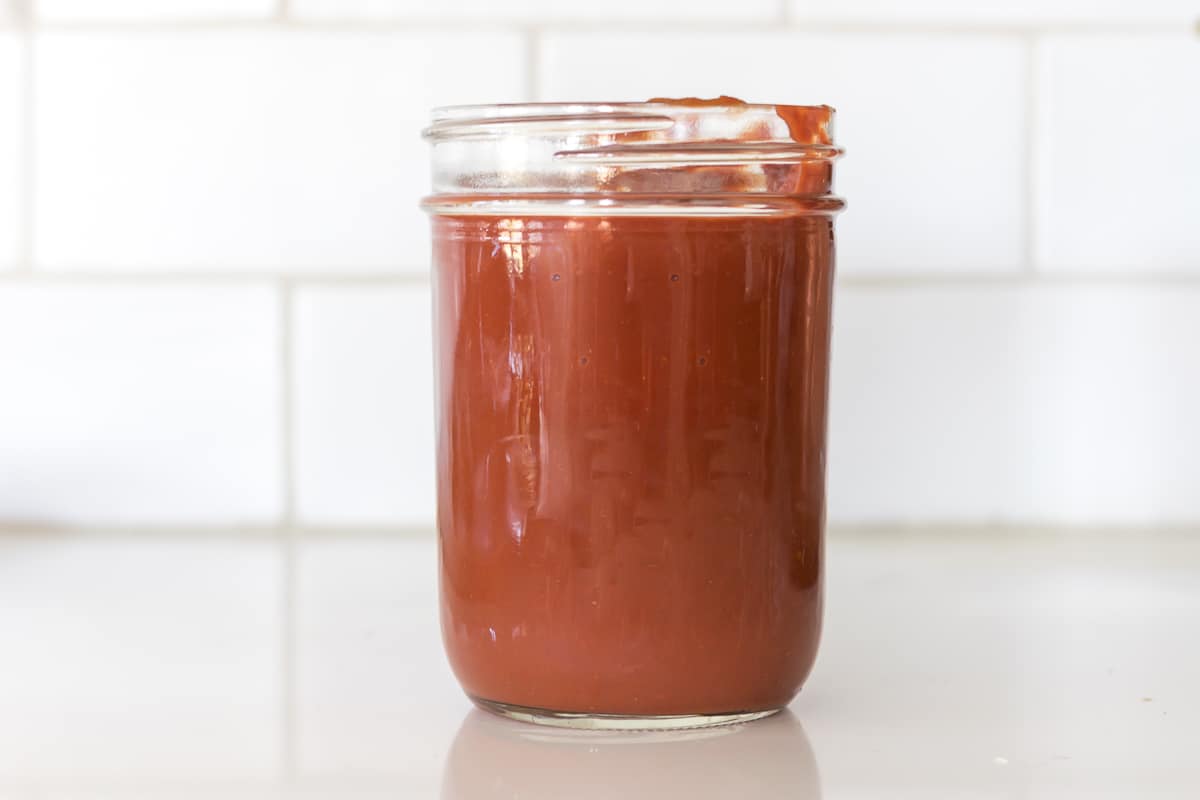
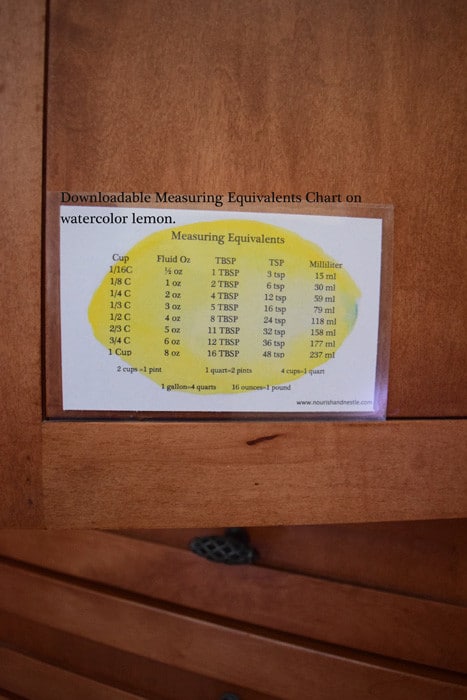
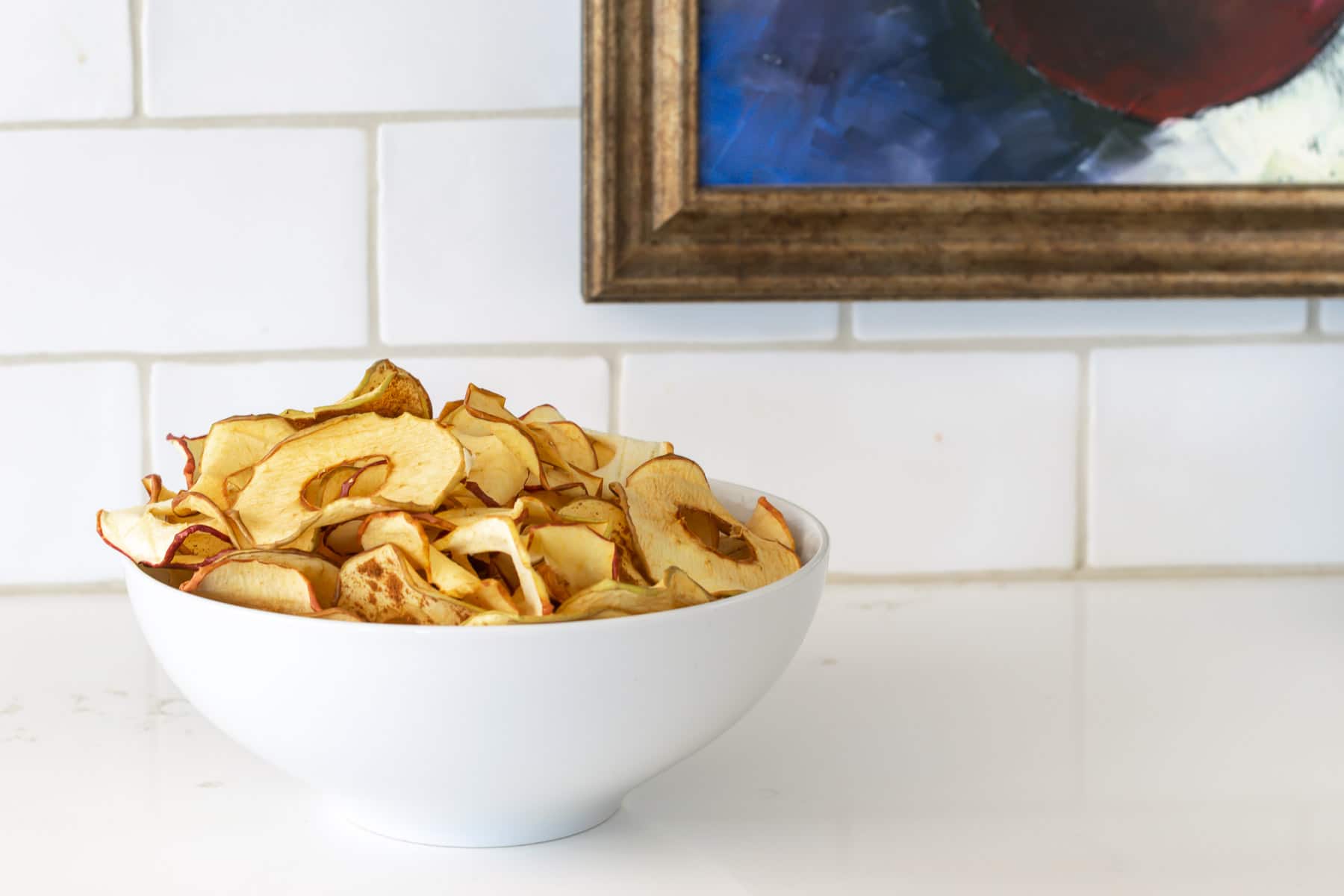
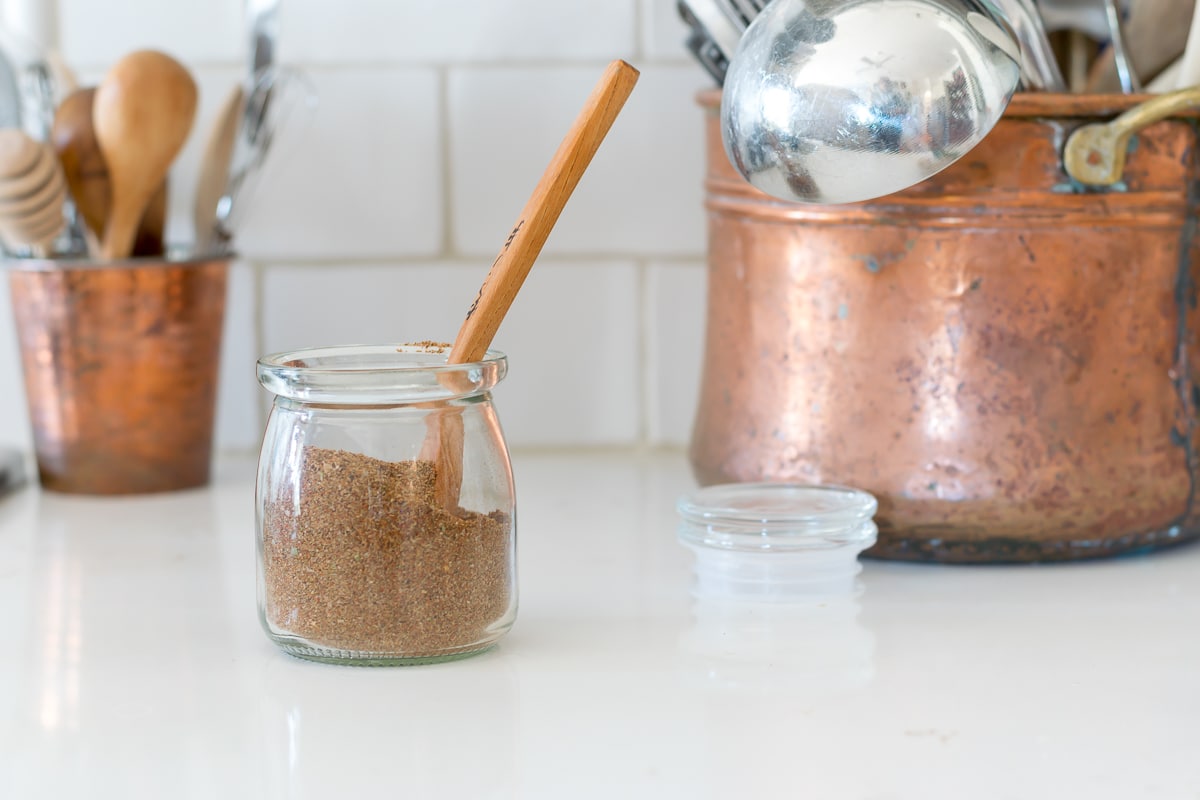

Hi, Lynn,
Since I live alone and love meatloaf, I always have leftovers. Although I love cold meatloaf sandwiches, there are only so many you can eat in a weak. One of my tricks is to cut up some of the meatloaf into cubes and freeze. I then use them the next time I’m hungry for spaghetti and “meatballs.” It’s not leftovers – it’s a whole new meal!
BetteAnn,
That is a BRILLIANT idea!I am going to share it with my mom.
Have a fantastic day, my friend.
Hugs,
Lynn
Storage- I use glass containers with clip on lids. They come in square and rectangular sizes. Washable and can be sterilized if necessary. Definitely reusable. Re: raw fruit or vegetables gone ripe but too much to eat now -I slice and freeze- ready to use as much or as little as I need. Raw meat or fish or cooked food I freeze in single portions.
Hi Rita,
Like you, I’ve switched over to glass square and rectangular storage containers. TAke up less space in the fridge. And I’m pretty good at freezing veggies and fruit getting past prime. Good for smoothies and soups!
Thanks for your insight! I love the crowd-sourcing of this community.
Lynn